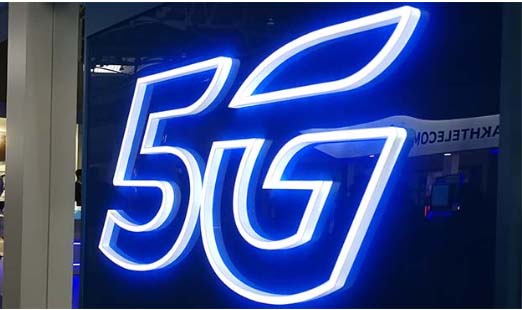With global mobile network data traffic set for huge growth, and much of this 5G subscriptions, communications service providers (CSPs) are looking to add value to their offerings.
5G Standalone (5G SA) and 5G Advanced are expected to be key focuses for communications service providers (CSPs) for the remainder of the decade as they deploy new capabilities to create offerings centered on value delivery rather than data volume.
This is among the statistical network insights from the November 2024 edition of the Ericsson Mobility Report, which extends the forecast period until the end of 2030.
While the rate of mobile network traffic data growth is declining – estimated at 21% year-on year for 2024 – it is still expected to grow almost three-fold by the end of 2030 from present-day numbers.
The report highlights how early-mover service providers are already offering value delivery models based on differentiated connectivity – guaranteed uninterrupted high-end connectivity when you need it most – to create new monetization and growth opportunities.
Fredrik Jejdling, executive vice-president and head of business area networks at Ericsson, says: “Service differentiation and performance-based opportunities are crucial as our industry evolves. This is highlighted in the November 2024 Ericsson Mobility Report, which includes detailed analysis, statistical insights, and customer use cases.
“The shift towards high-performing programmable networks, enabled by openness and cloud, will empower service providers to offer and charge for services based on the value delivered, not merely data volume.”
The report underlines the global potential for differentiated connectivity development by highlighting that, beyond China, 5G mid-band is currently only deployed at about 30% of sites globally.
Of about 320 CSPs currently offering commercial 5G services, fewer than 20% are 5G SA. The densification of mid-band and 5G SA sites is seen as a key catalyst to capitalise on the full potential of 5G, including programmable and intelligent network capabilities.
Almost 60% of the 6,3-billion global 5G subscriptions forecast by the end of 2030 are expected to be 5G SA subscriptions.
On global mobile data traffic, 5G networks are expected to carry about 80% of total mobile data traffic by the end of 2030 – compared to 34% by the end of 2024.
Fixed Wireless Access (FWA) continues to grow in popularity globally as the second largest 5G use case after enhanced Mobile Broadband (eMBB).
In four out of six regions, more than 80% of CSPs now offer FWA. The number of FWA service providers offering speed-based tariff plans – with downlink and uplink data parameters similar to cable or fibre offerings – has increased from 30% to 43% in the last year alone.
Western Europe has witnessed rapid growth in FWA speed-based offerings with 52% of CSPs in the region now doing so compared to 32% a year ago. Europe alone accounts for 73% of all 5G FWA launches globally in the past 12 months.
Of the 350-million projected global FWA connections by the end of 2030, almost 80% are forecast to be over 5G.
The report also addresses how AI, including Generative AI Applications – already integrated across smartphones, laptops, watches and FWA products – could impact uplink and downlink network traffic, driving potential mobile traffic growth beyond current baseline predictions.
Other featured report statistics include the projection that global 5G subscriptions are expected to reach almost 2,3-billion by the end of 2024, amounting to 25% of all global mobile subscriptions. 5G subscription numbers are expected to overtake the global number of 4G subscriptions during 2027.
The first 6G deployments are expected in 2030, building on and scaling the capabilities of 5G SA and 5G Advanced.

